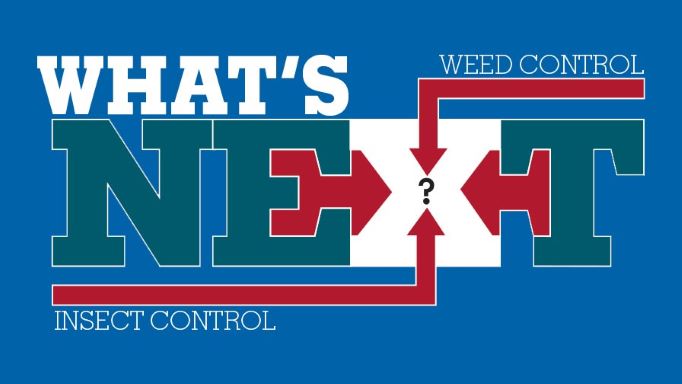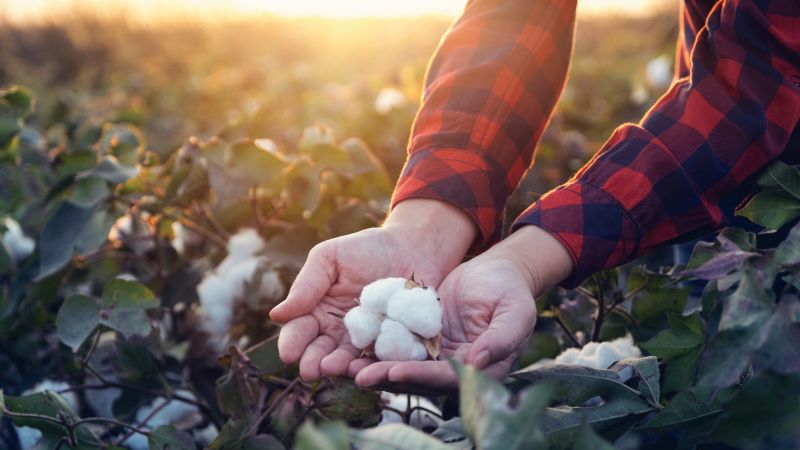Inside Cotton’s Pipeline: Corteva/PhytoGen
Continuing our look into cotton’s pipeline at some of the new technologies, products, and innovations that may be coming soon to the cotton market.
Corteva Agriscience and its cottonseed brand PhytoGen have made impressive gains in the cotton market over the past few years, fueled in no small measure by the introduction of innovative native traits. That work will continue, says Dr. Joel Faircloth, U.S. Cotton Portfolio Manager. But the primary focus is still yield.
“It’s very important for us to stabilize yields and protect the investment of our customers,” he states. “It’s one thing to get a high yield. It’s another thing entirely to get a high yield consistently across all acres. That’s what our work with native traits is intended to do – help stabilize a grower’s investments.”
In the past year, two new PhytoGen brand varieties – PHY 443 W3FE and PHY 332 W3FE – came to market with a stack of native traits that provide resistance to reniform nematodes, bacterial blight, and root-knot nematodes – traits that PhytoGen is actively working to incorporate across the entire portfolio.
“The reason all three of these pests are so important is because control options are limited, for the most part, to host plant resistance,” explains Faircloth. “Our goal is to have these traits in our pipeline going forward. In addition to yield, they will all be part of screening our future products.”
Why are these foundation traits so important?
For starters, bacterial blight can be an issue on most cotton acres across the Cotton Belt. The challenge for growers is they never know when it’s going to appear. “When we surveyed growers, this is the number one native trait they were interested in,” says Faircloth, “because most of them remember how much money it costs them whenever it shows up.”
When it comes to nematodes, he points out, significant threshold infestations of root-knot nematodes are estimated to be present on roughly a quarter of U.S. acres with some level of infestation likely on up to 40% of the acres. With reniform, response to the native trait has shown 250 to 350-pound yield increases in some areas.
So, what’s ahead for PhytoGen?
“Through the Corteva merger, PhytoGen gained access to genomic technologies that we are now using to accelerate the rate can get products and new technologies to growers. Increasing the pace of genetic gain is the key to driving higher yields for growers,” says Faircloth. “To stabilize these yield gains, we must continue to develop and evaluate traits with potential to add value to the U.S. cotton producer.”
Those technologies also include a deep library of Bt traits that will be evaluated for the next generation of lepidopteran control.
Faircloth also notes that PhytoGen is on the forefront of developing solutions to help manage Fusarium Race 4 (FOV4), an increasing concern for the Pima cotton market.
“We know that’s of paramount importance to Pima growers, not only in California but also elsewhere where FOV4 is a problem,” he explains. “We continue to look at any germplasm that would enhance tolerance to breed into our PhytoGen Pima germplasm. We also have a very strong interest in breeding FOV4 tolerance into upland cotton as it becomes a bigger issue in other cotton-producing states.”









